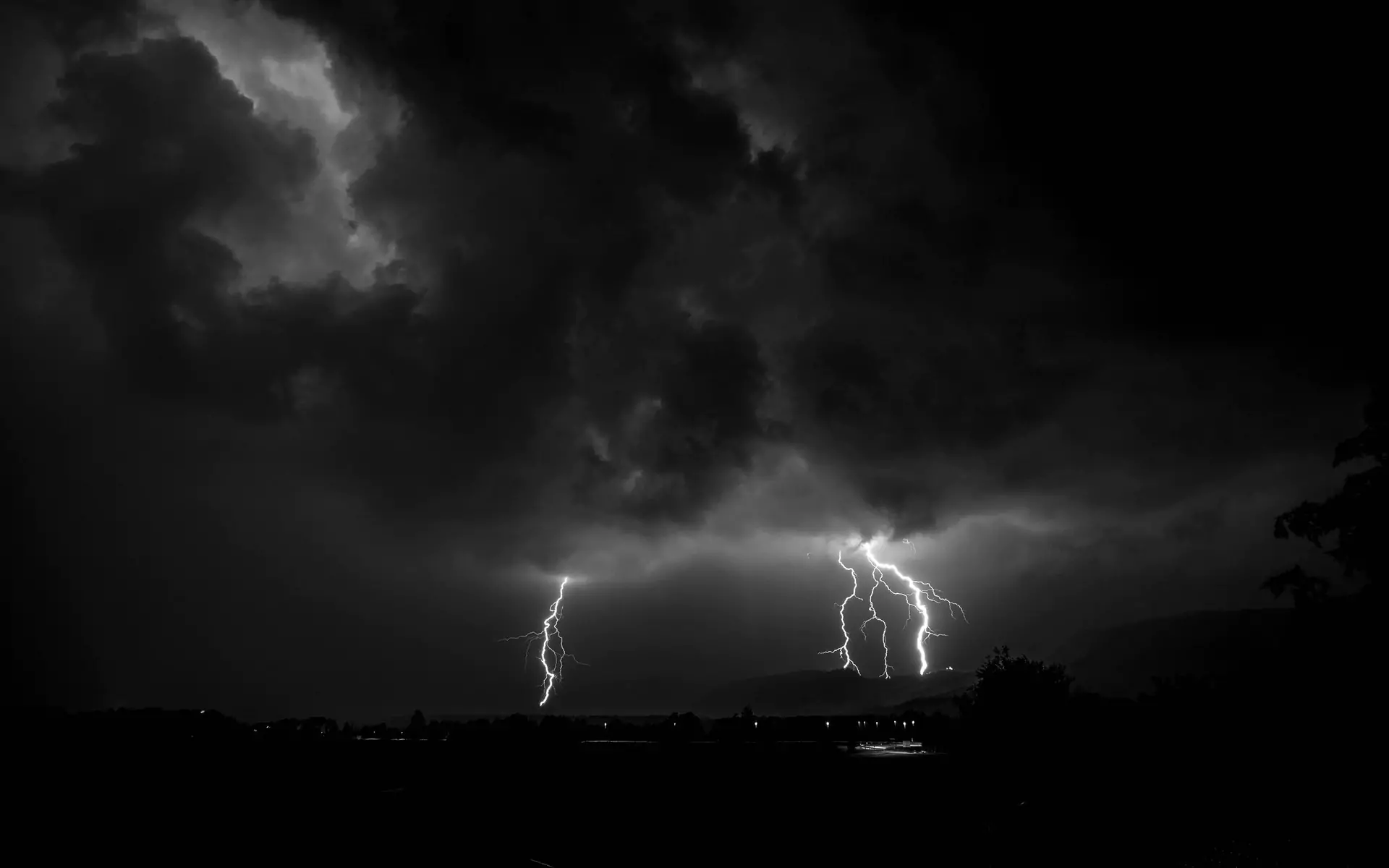Weather is a result of the interaction between heat from the sun & the Earth's atmosphere. The uneven heating of the atmosphere coupled with the atmosphere's drive to maintain equilibrium results in the movement of large air masses, leading to different types of weather.
The seasons are caused by the tilt of the Earth, and the way the tilt causes different parts of the Earth to receive more solar heating during parts of the year. However, the tropics--centered on the equator between 23.five degrees north and 23.Five degrees south--receive intense heat throughout the year. This heat results in convection--the rising of warmer air--which in turn produces an equatorial band of low pressure, clouds, and rain that encircle the globe.
The warm air rises until it encounters the tropopause, the boundary between the troposphere and the stratosphere that it cannot cross. It spreads out toward the poles, cools, and sinks back toward the ground, usually close to 30 degrees north and south latitudes. This sinking air causes high pressure, which usually means dry weather and sunny skies. Most of the Earth's deserts are located in these areas of high pressure.
As air sinks into the regions at 30 degrees north and south latitudes, it displaces the air that is already there. Some of this air moves back toward the low pressure areas at the equator. This movement of air is known as the trade winds. When the air reaches the equator, the winds die out. Early sailors named these equatorial areas the doldrums.
So one major global air circulation is where air rises in the tropics, sinks back toward the Earth at 30 degrees north and south, and then flows back to the equator. These circulations were first described by English scientist George Hadley in 1753, and they bear his name today: Hadley cells.
Not all of the rising equatorial air sinks at 30 degrees. Some continues toward the poles until it encounters polar air at around 60 degrees north and south. These areas are known as polar fronts. The warmer air rises and most returns back toward the equator, sinking at about 30 degrees north and south. These circulations were first described by William Ferrel in 1856, and are known as Ferrel cells.
Some of the air that rises at 60 degrees continues to the poles where it cools, sinks, and moves back toward 60 degrees north and south. These weak circulations are known as polar Hadley cells.
